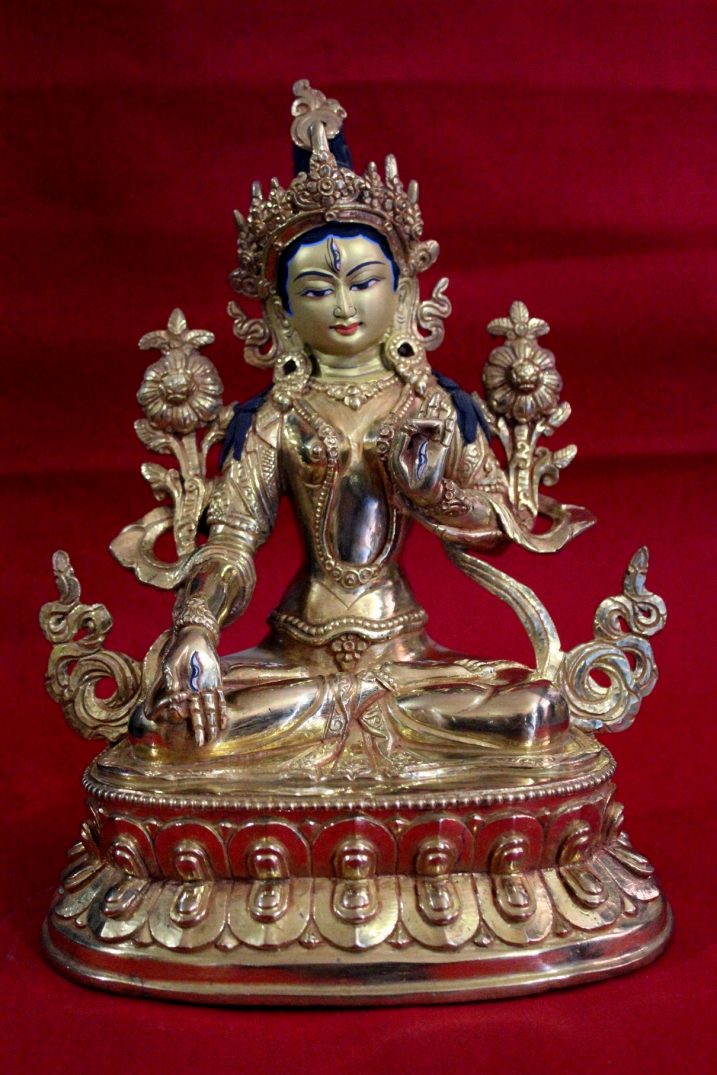
Symbolic Meaning of White Tara – Saptalochana Tara
White Tara is one of the set of Taras in Tibetan and Newari Buddhist Religion. She holds a very important role in Tibet and Nepal as it is worshiped in these areas of the world. It is believed that Tara in general protect the human beings while they are crossing the ocean of existence.
Among the two forms of Tara, White Tara is regarded as consort of Avalokiteshvara, some times also of Vairochana. She is usually depicted in seated position, dressed and crowned like a Bodhisattva. And sometimes she is regarded as Saptalochana Tara. Saptalochana simple means seven eyes. The deity has two normal eyes and extra eyes on her forehead, palm and feet and lotus flower at one or both of her shoulder. She is seated in full Vajra Posture. Her right hand is in boon conferring posture, her left hand in teaching gesture holding the stem of the lotus. She is found wearing all sorts of precious ornaments which makes her look beautiful.
Tara is also considered as a goddess of forest relating to plant life like flowers and trees. Thanks to this, Tara is also regarded as a goddess of healing goddess. This is specially true to White Tara as she is not only treated as healing goddess but also as goddess of mother with quality like caring and nurturing and giving birth. Because of this people practice the teaching of White Tara for healing purpose and prolonging healthy life. She is also considered by some as goddess or wind. This symbolizes that just like wind she quickly responses to any call for help. In other words, she is readily makes herself available to those who need her help.
Check the deity here for more image and White Tara buddha statue.
 The statue arrived super fast and very well packed. The vibe in my apartment changed immediately into something deeply calming and soothing. As if all the tensions and anxieties have melted. Can’t believe just how majestic he looks. I was already deeply moved by the photo, but when I see the statue with my own eyes…It feels as if Manjushri is right there, with infinite compassion in his infinite wisdom. May all sentient beings be benefitted and realize their true nature.???
The statue arrived super fast and very well packed. The vibe in my apartment changed immediately into something deeply calming and soothing. As if all the tensions and anxieties have melted. Can’t believe just how majestic he looks. I was already deeply moved by the photo, but when I see the statue with my own eyes…It feels as if Manjushri is right there, with infinite compassion in his infinite wisdom. May all sentient beings be benefitted and realize their true nature.???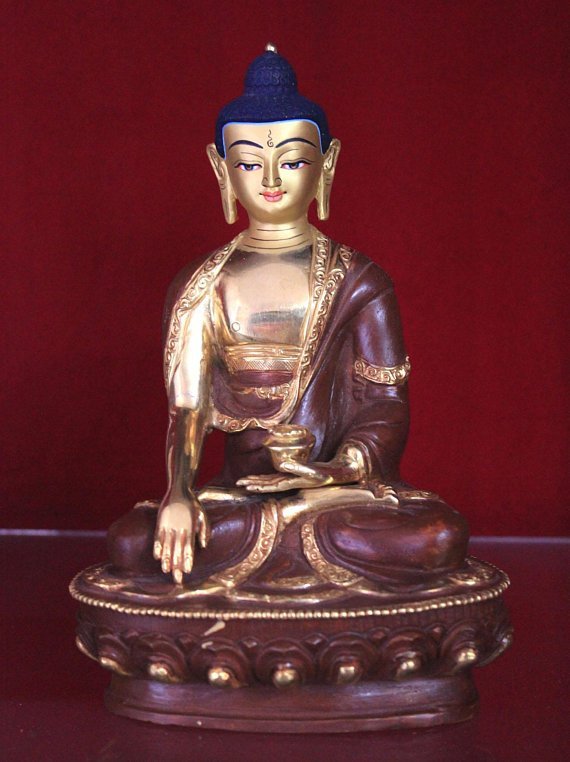
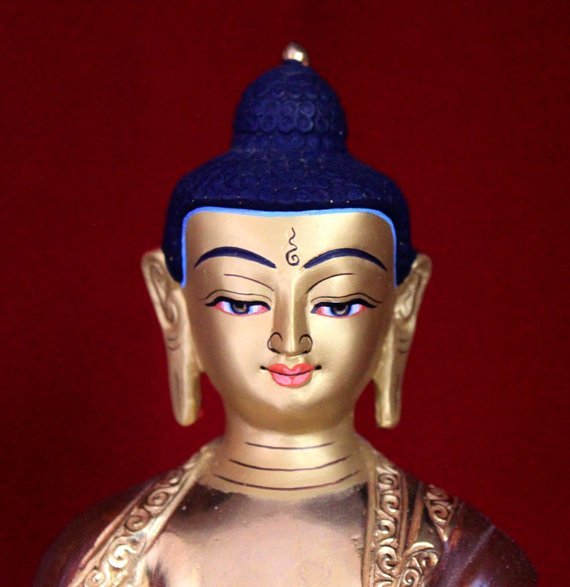
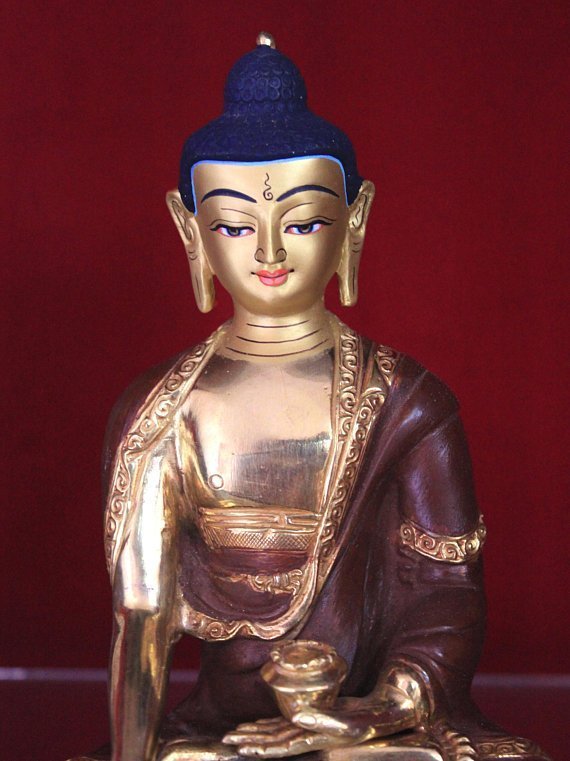
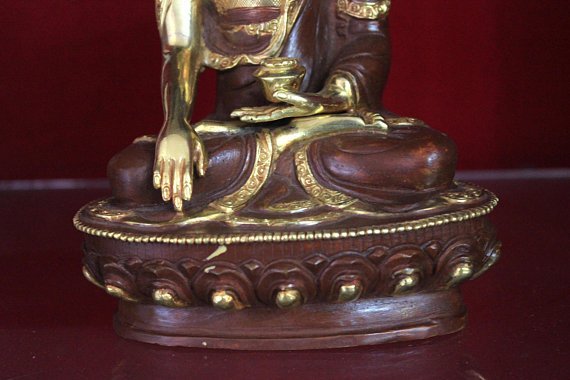
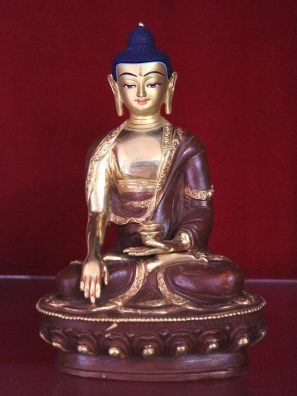
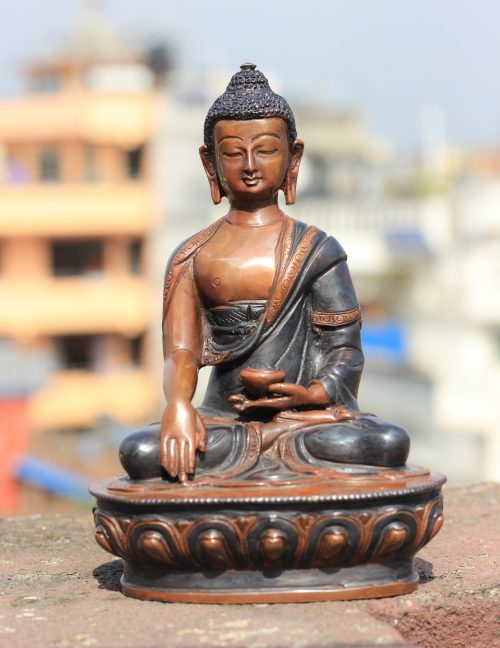
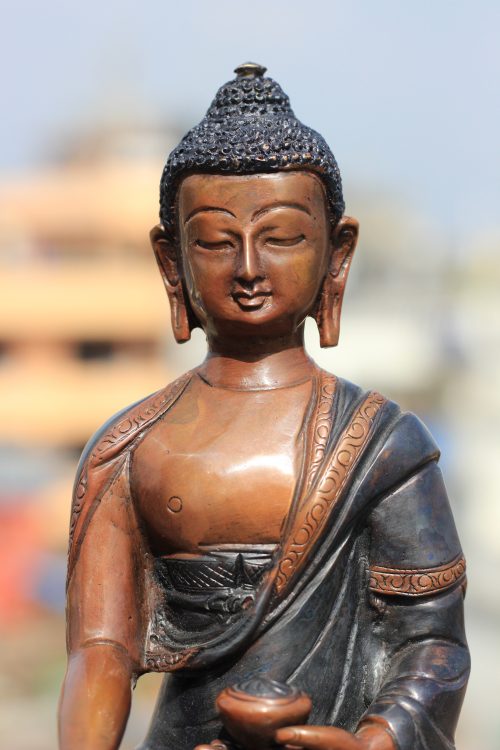
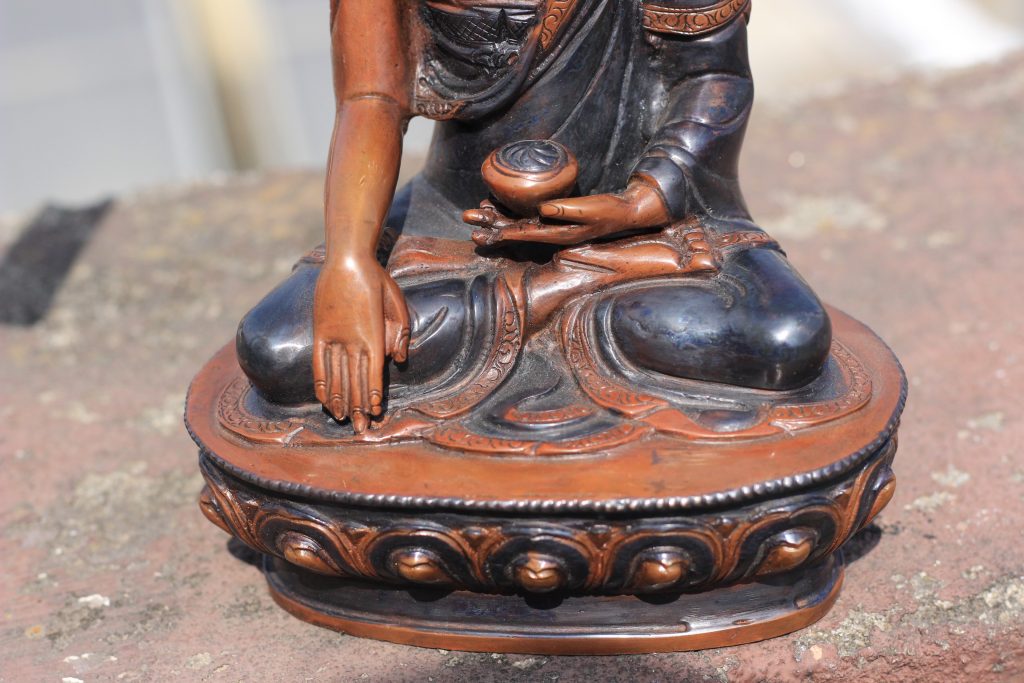
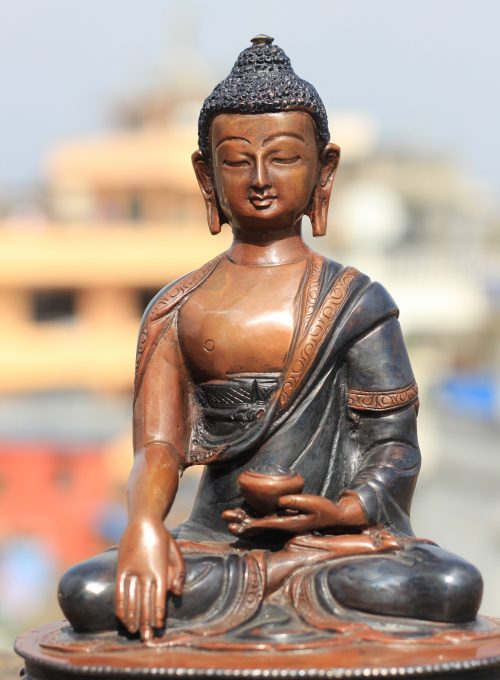
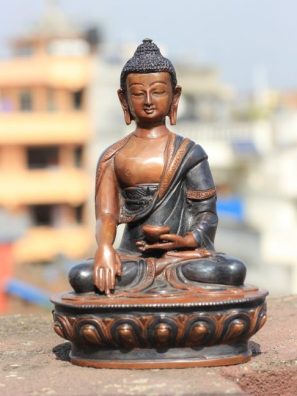
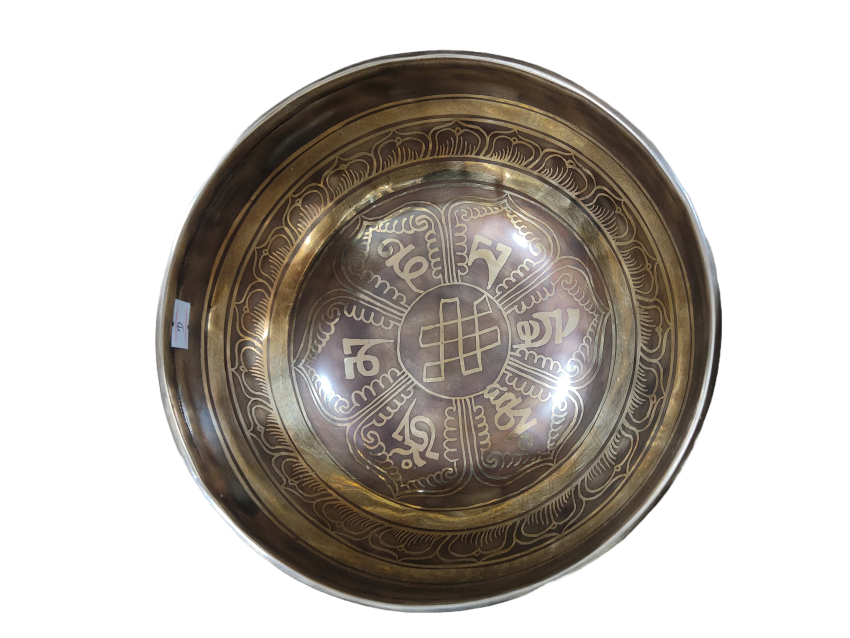
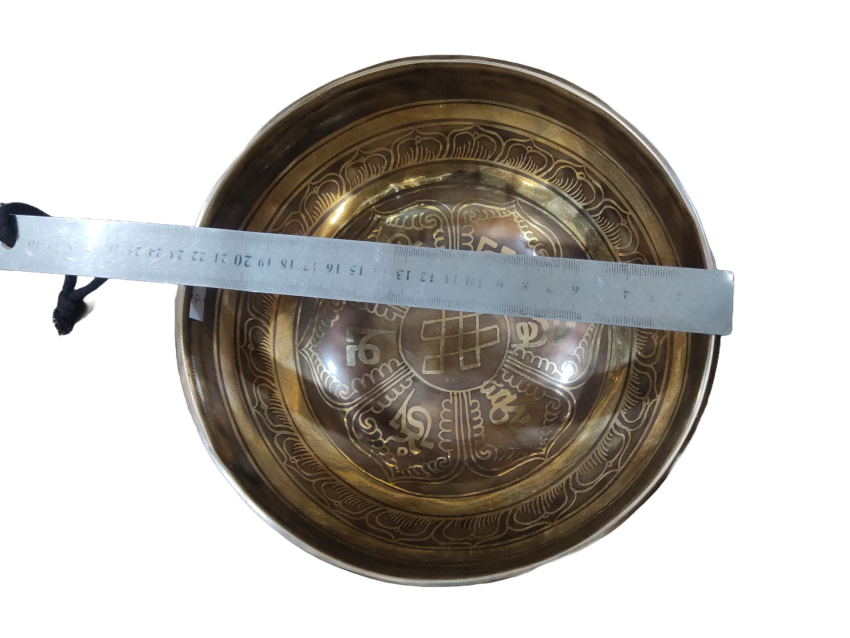
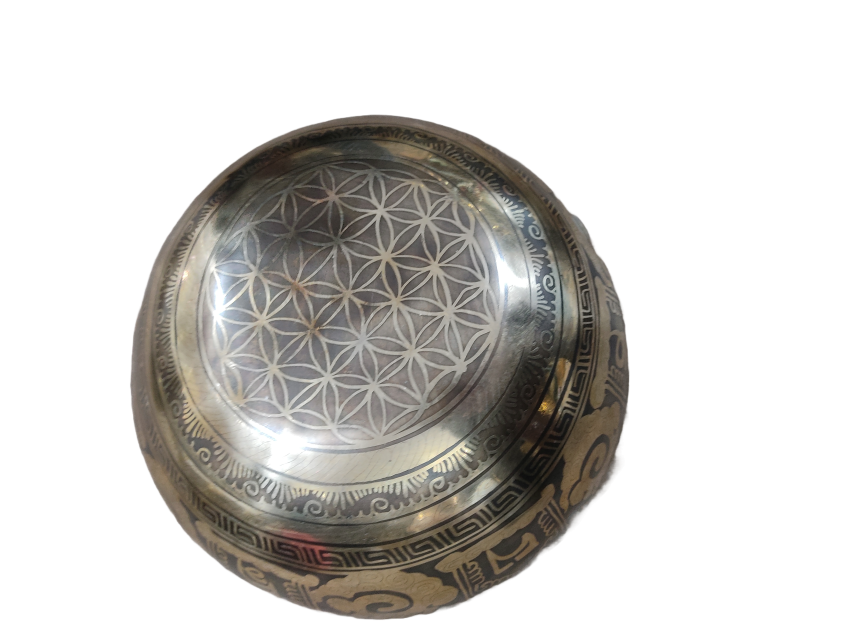
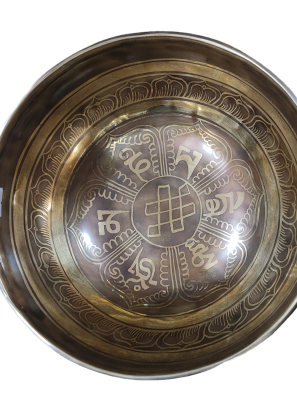
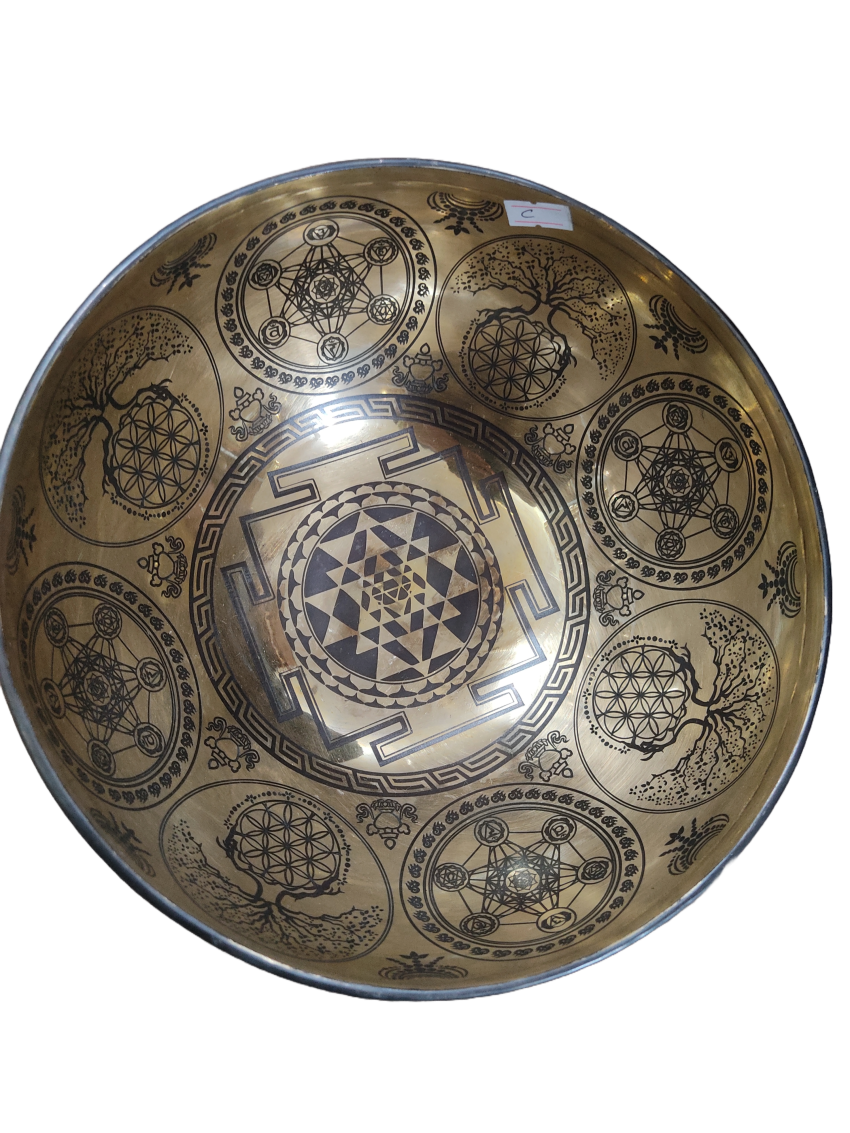
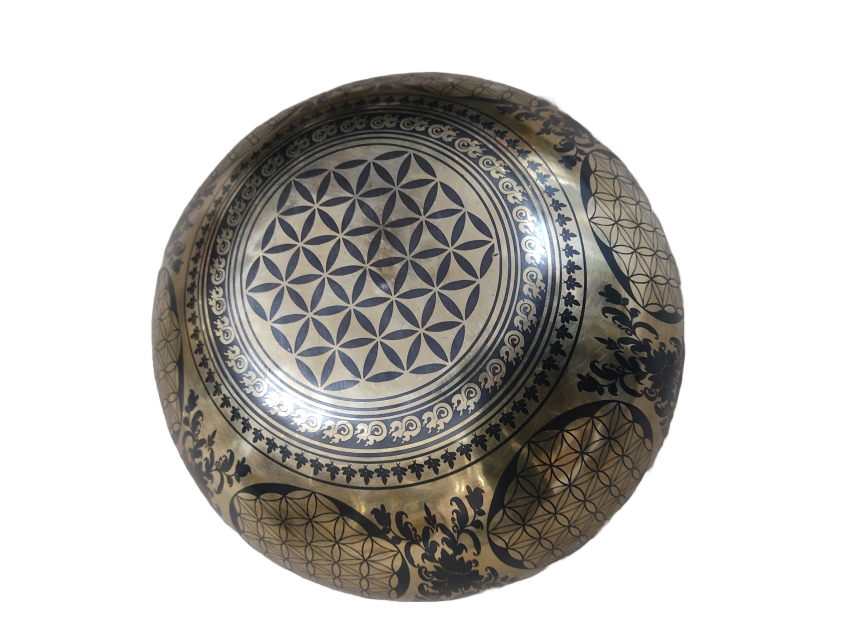
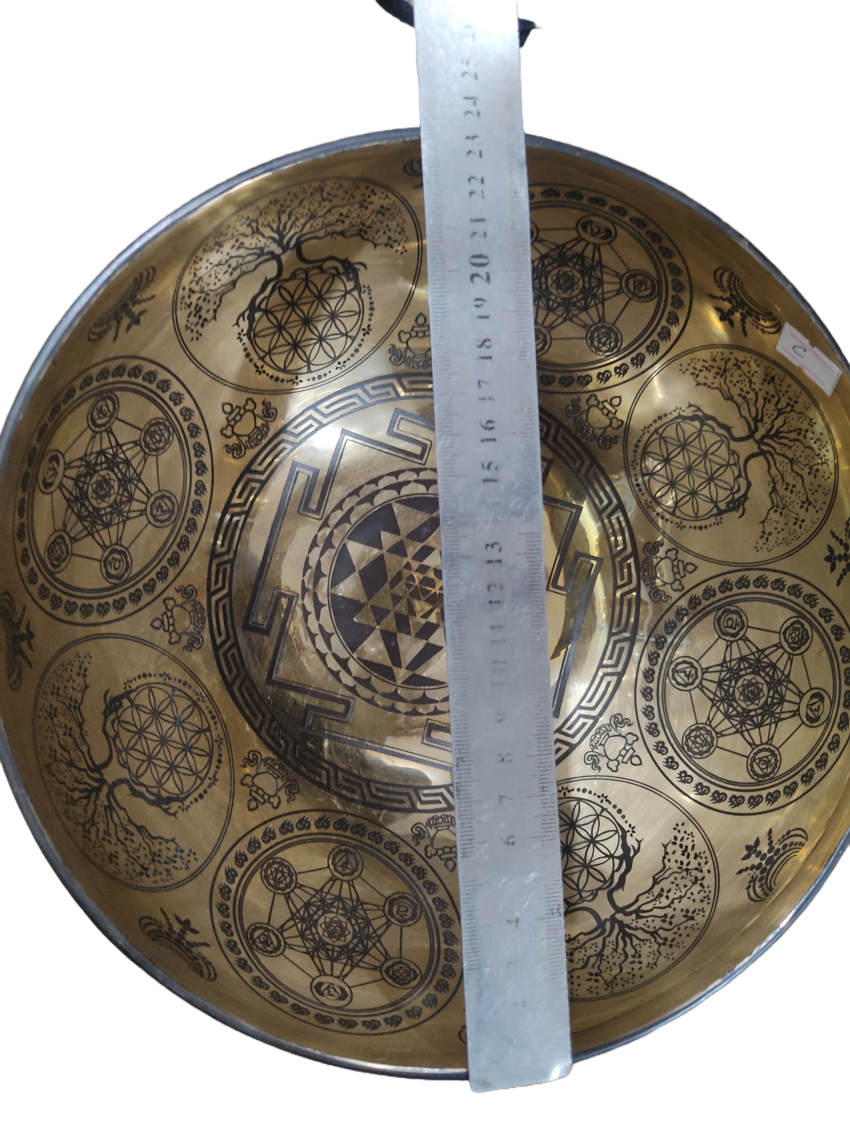
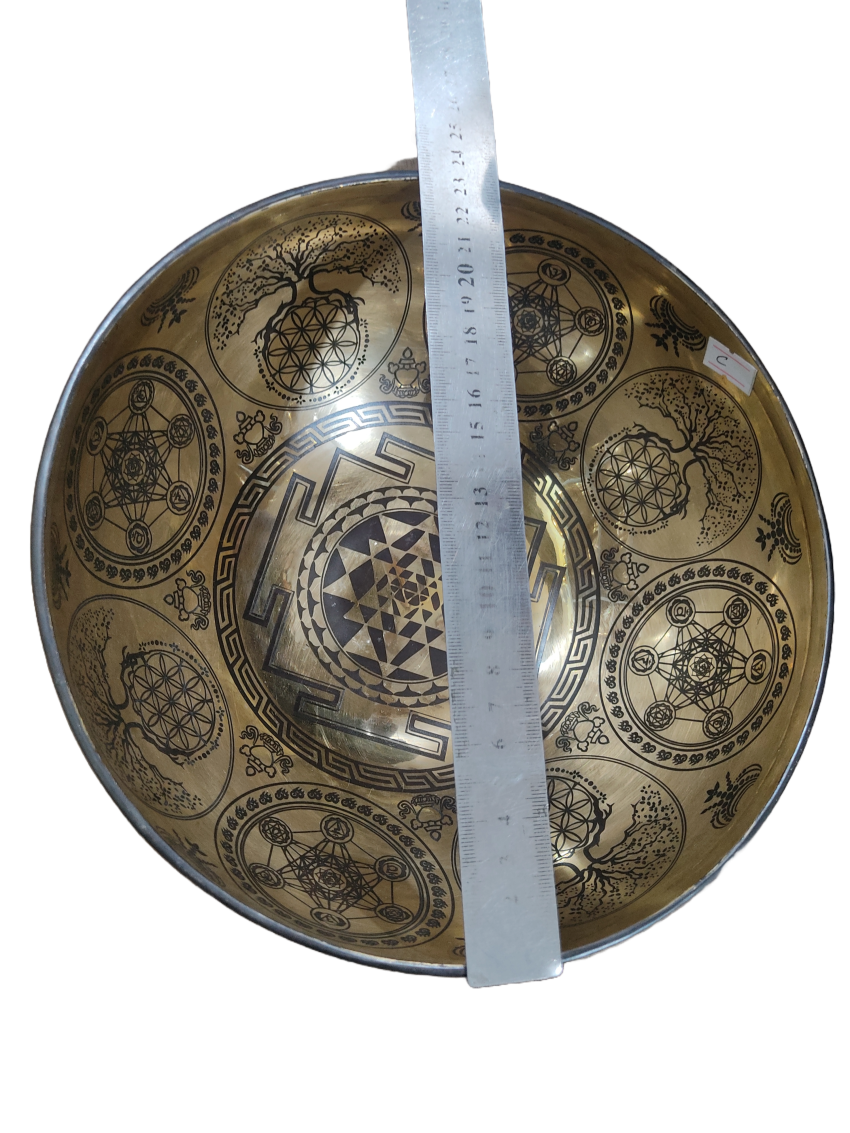
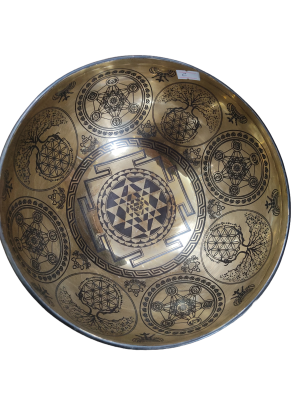
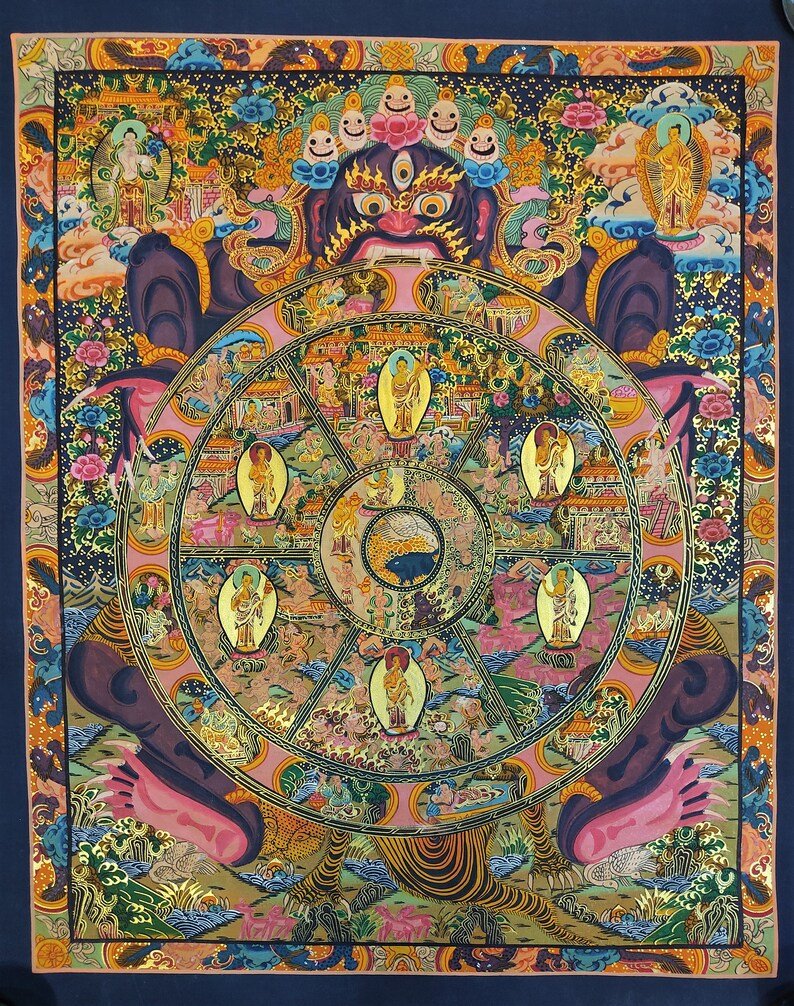
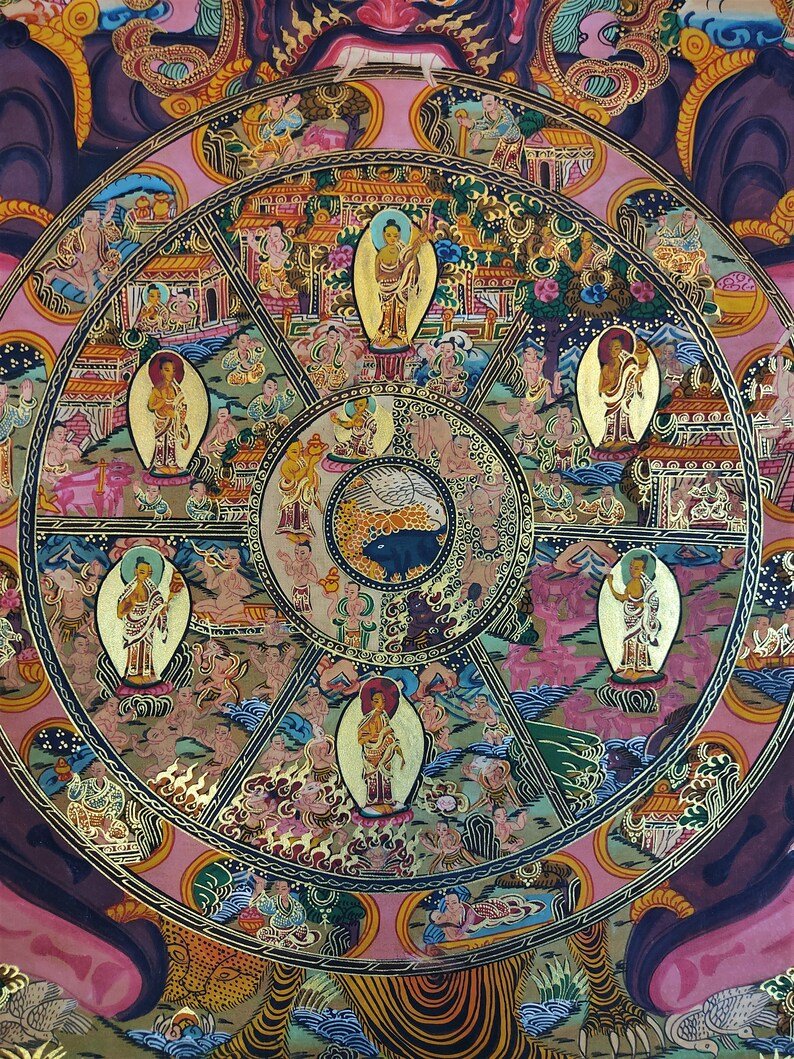
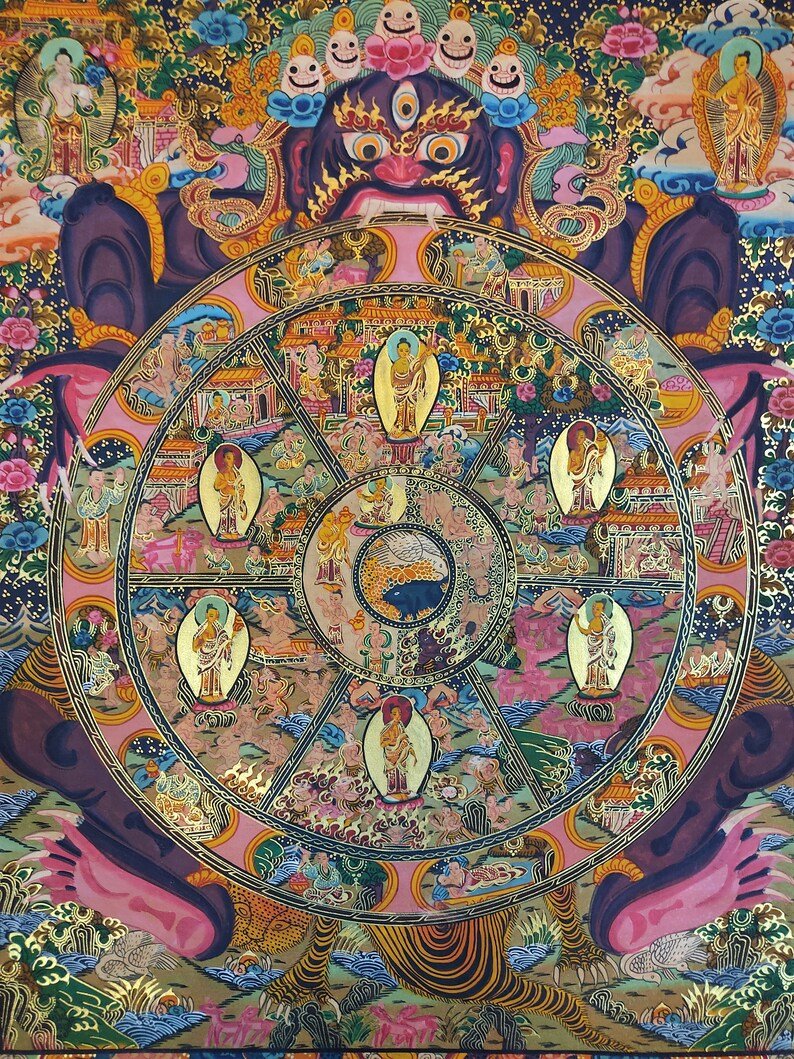
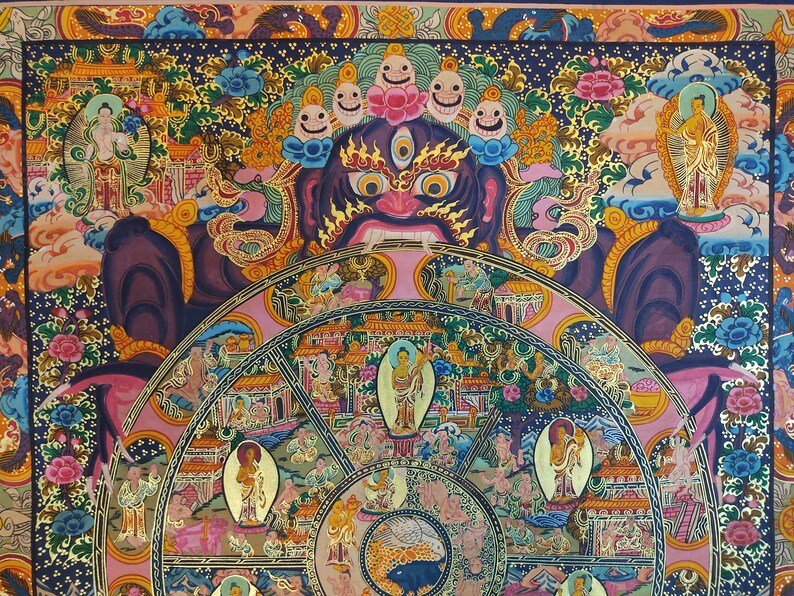
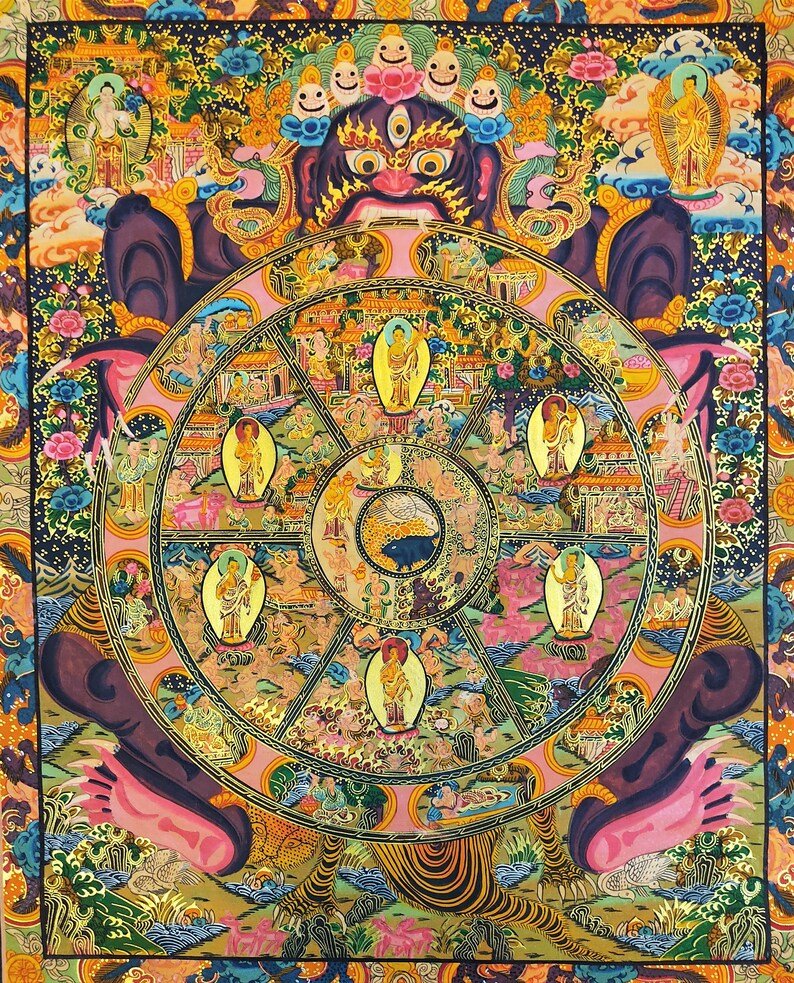
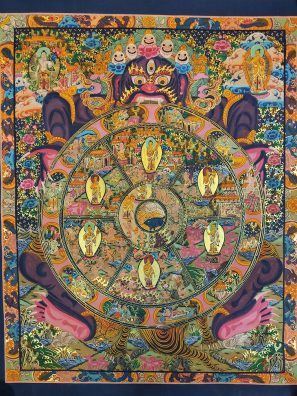
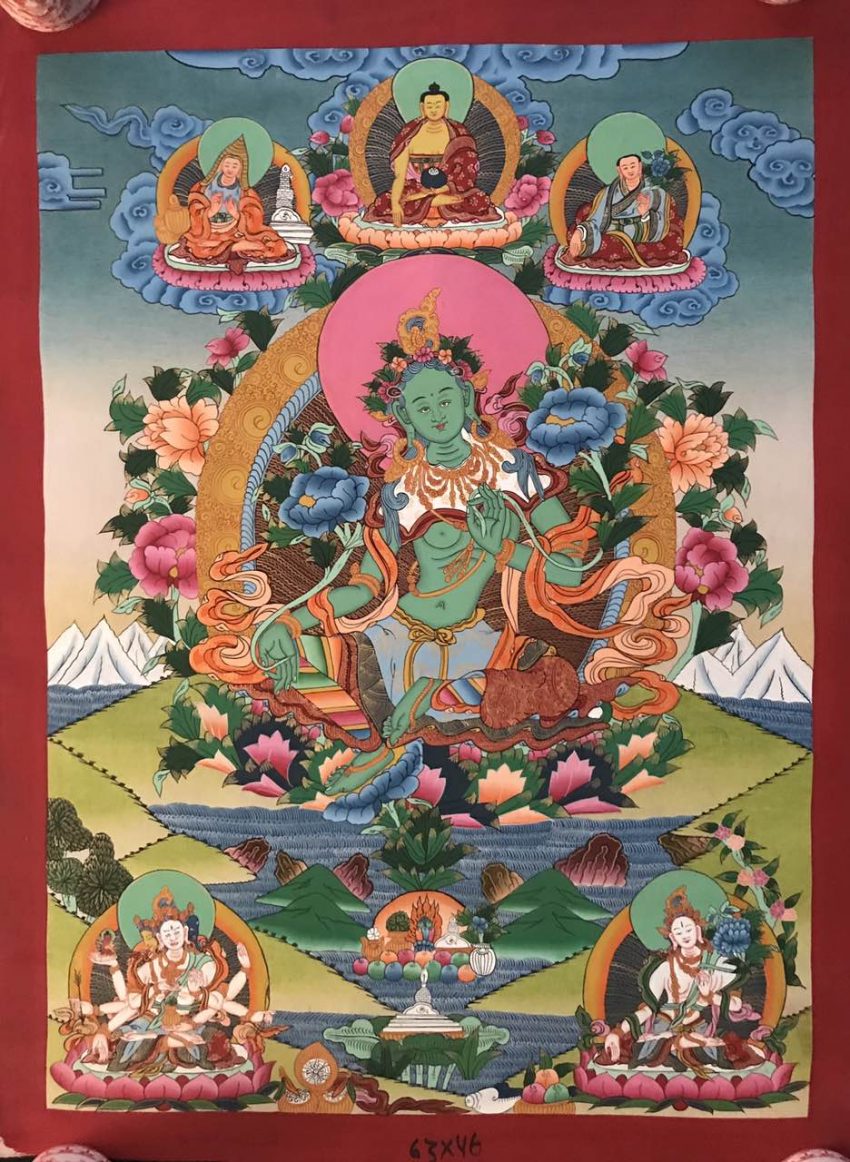
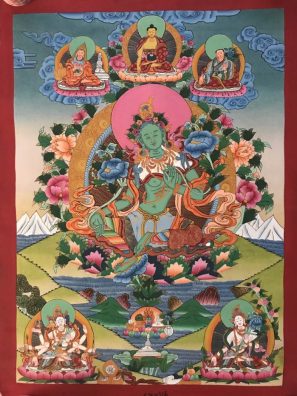


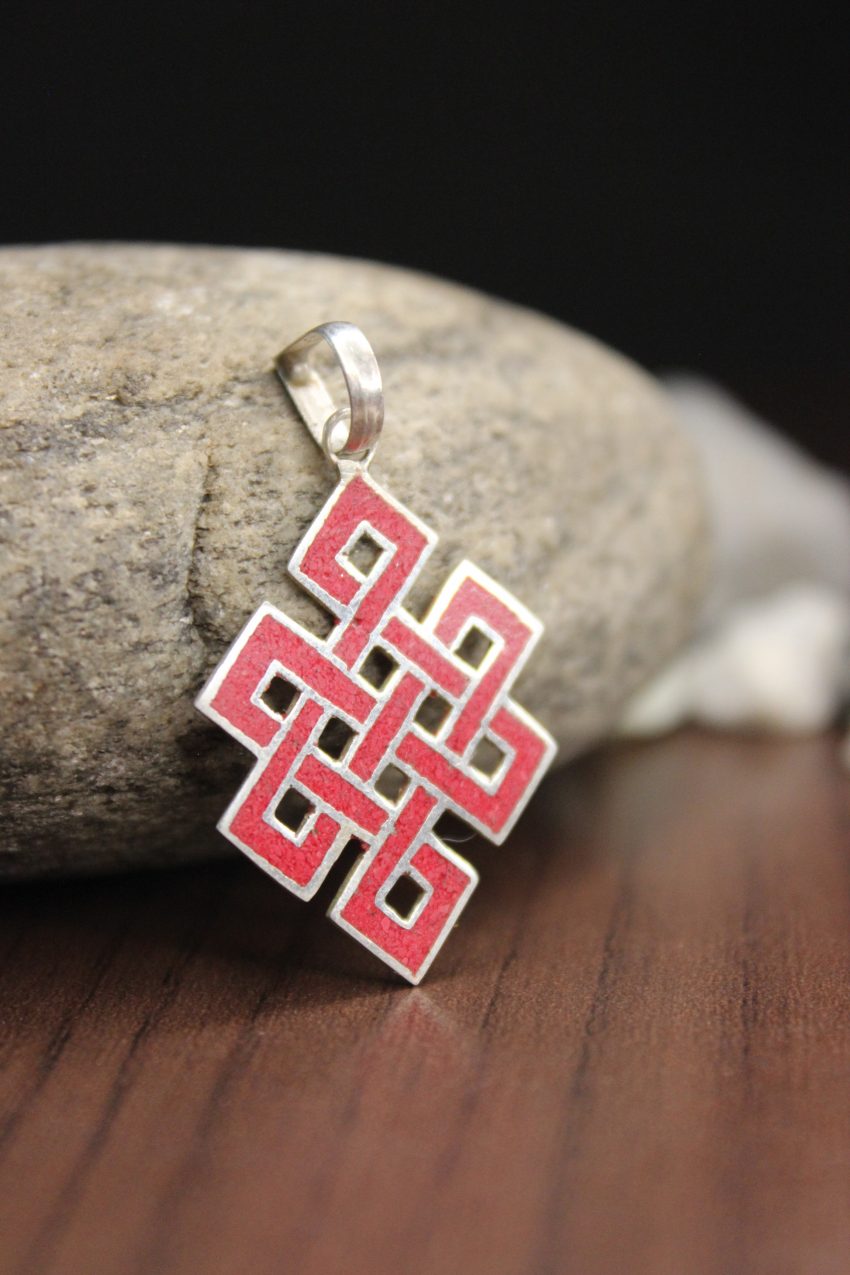
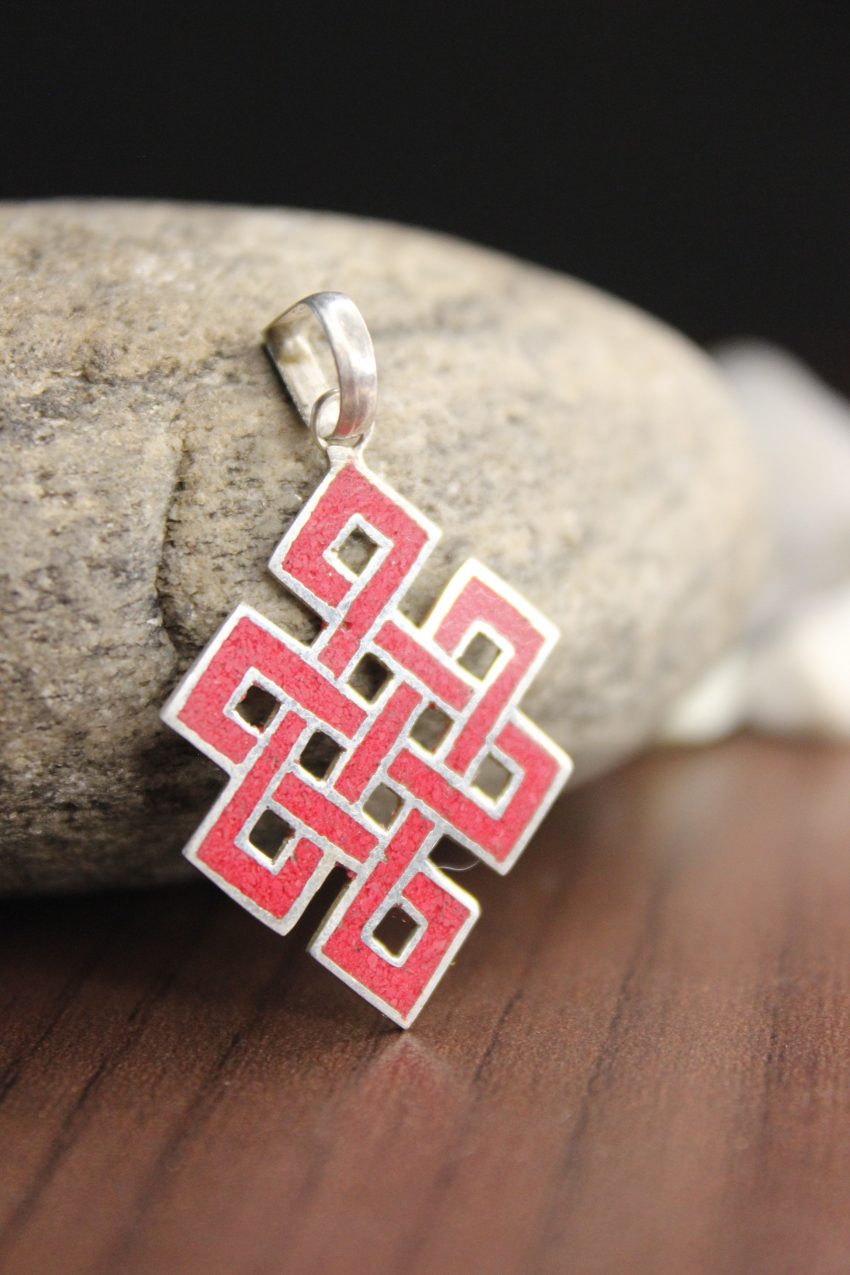
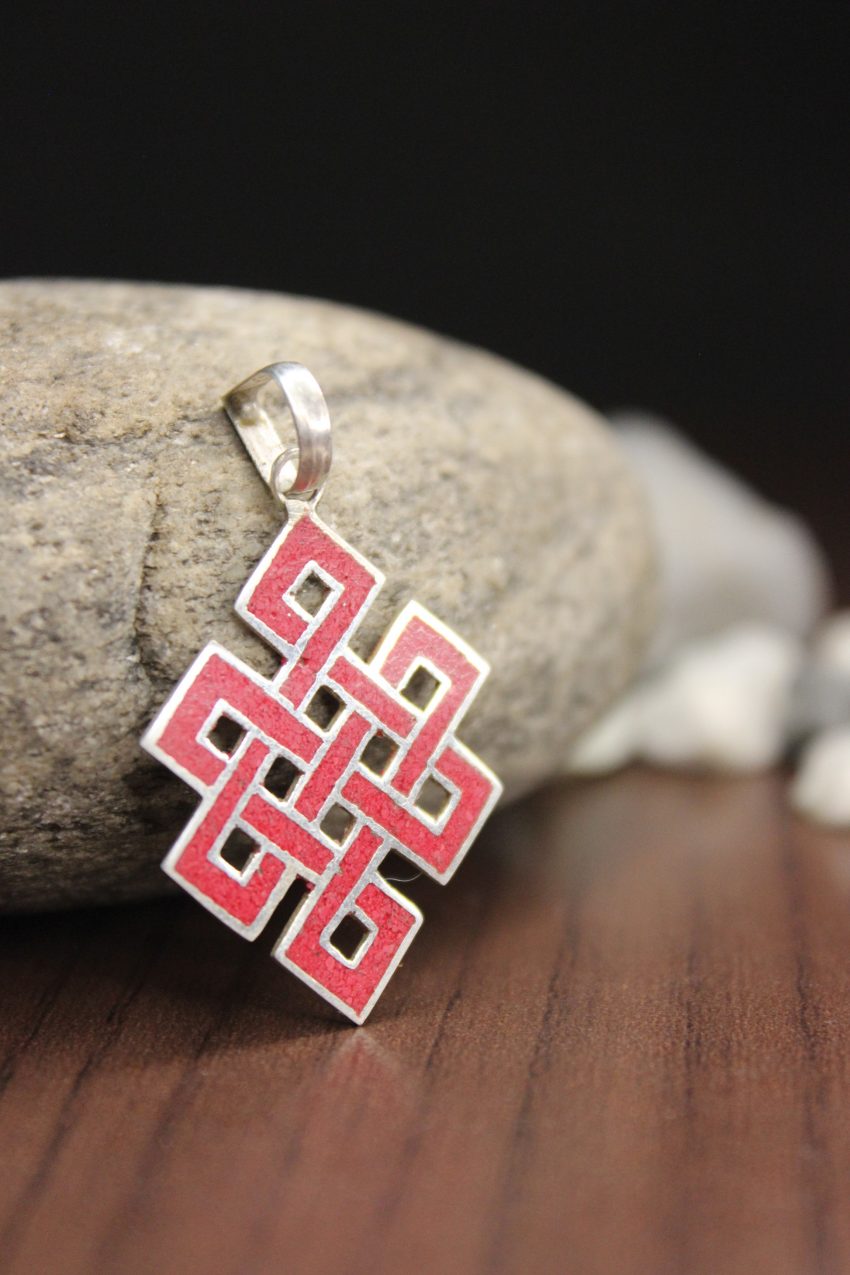
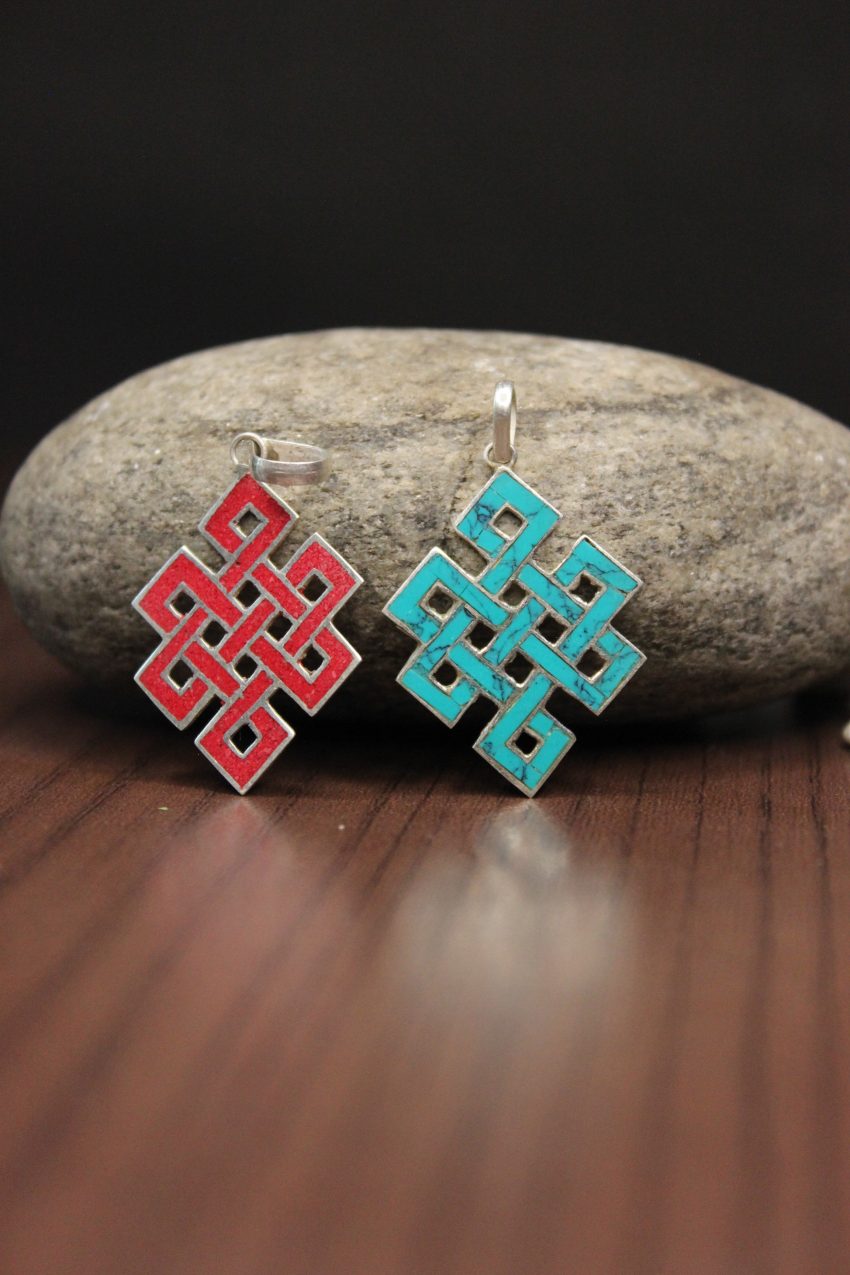
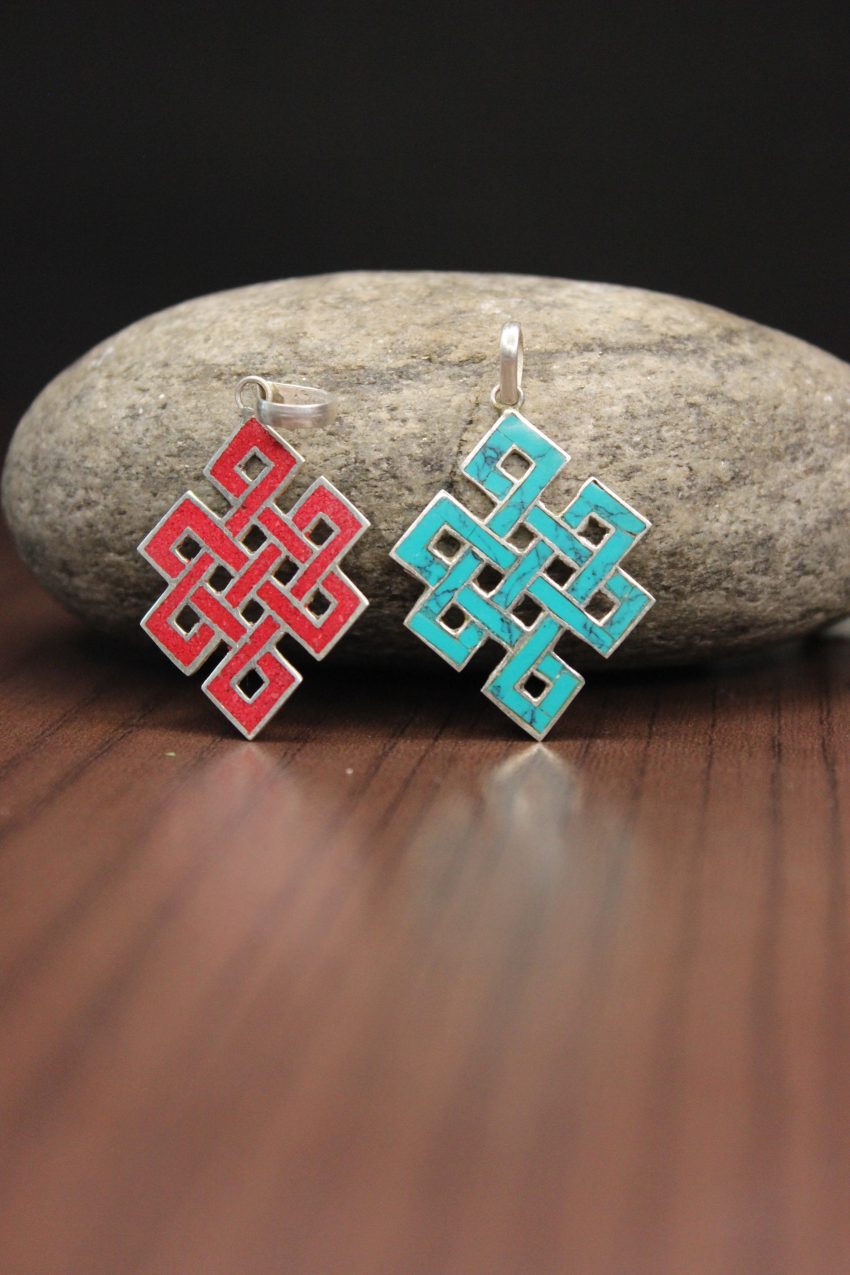
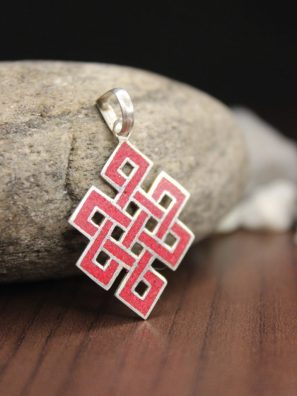
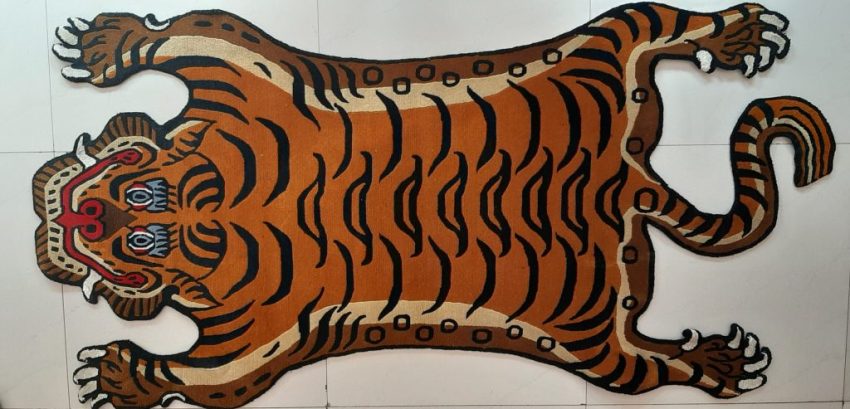

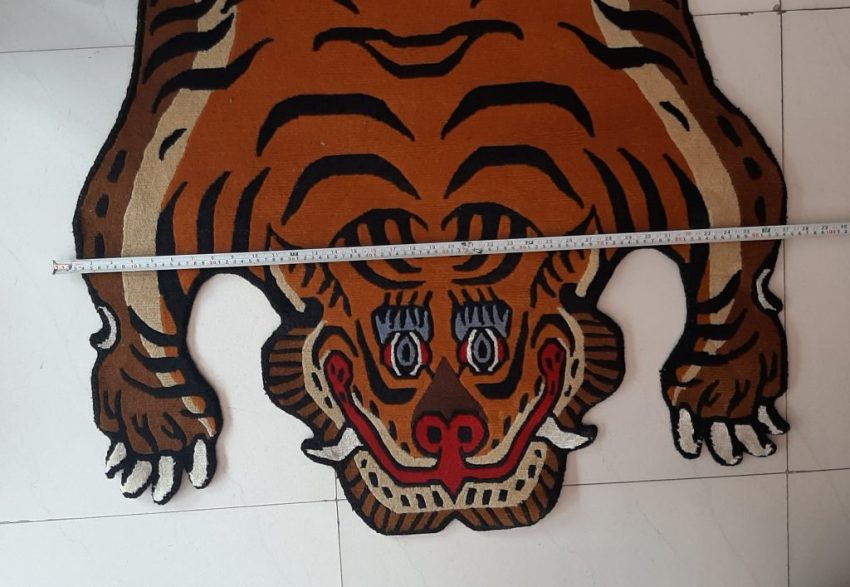
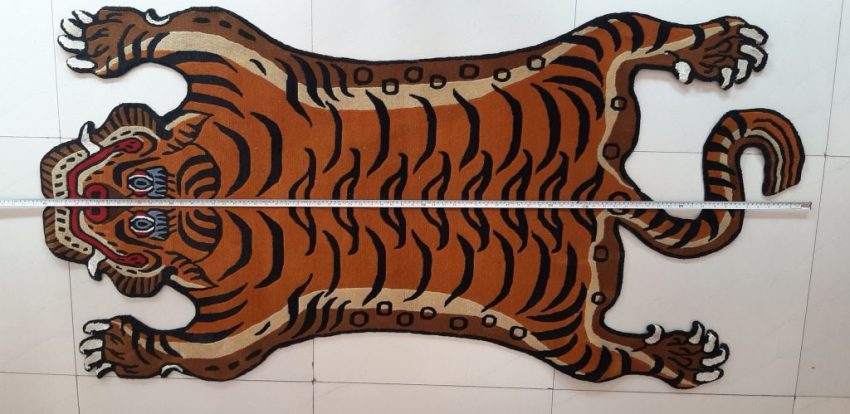
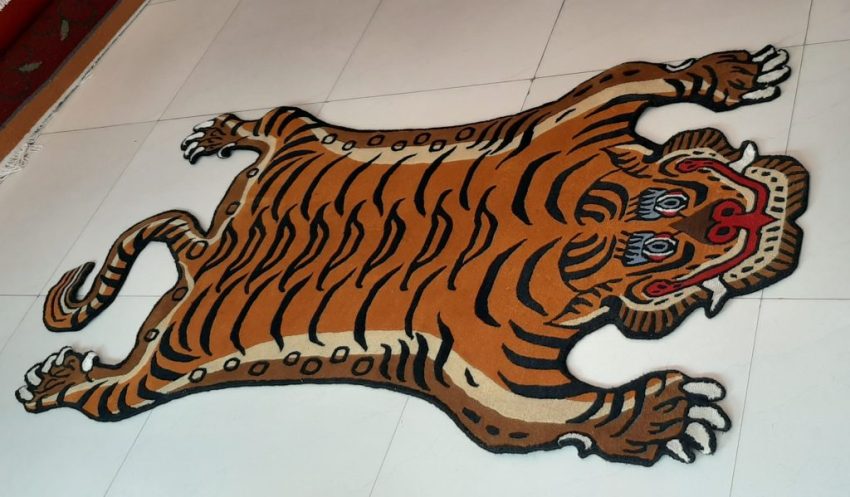
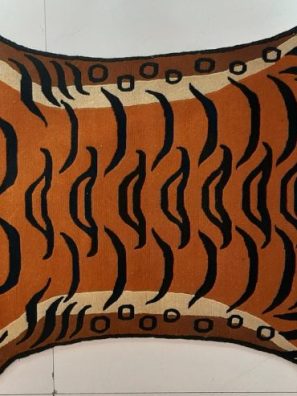
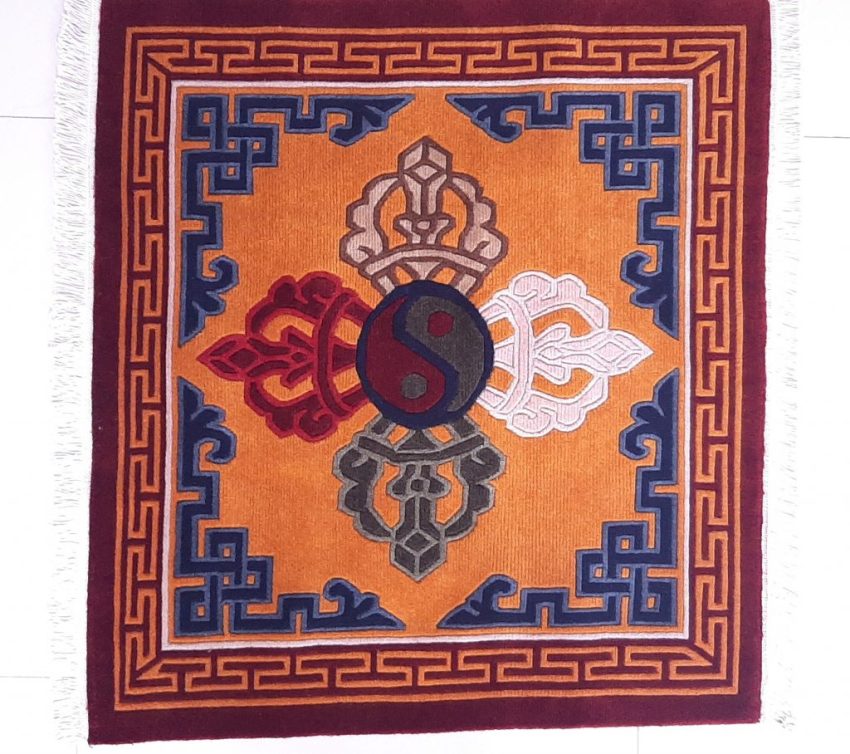
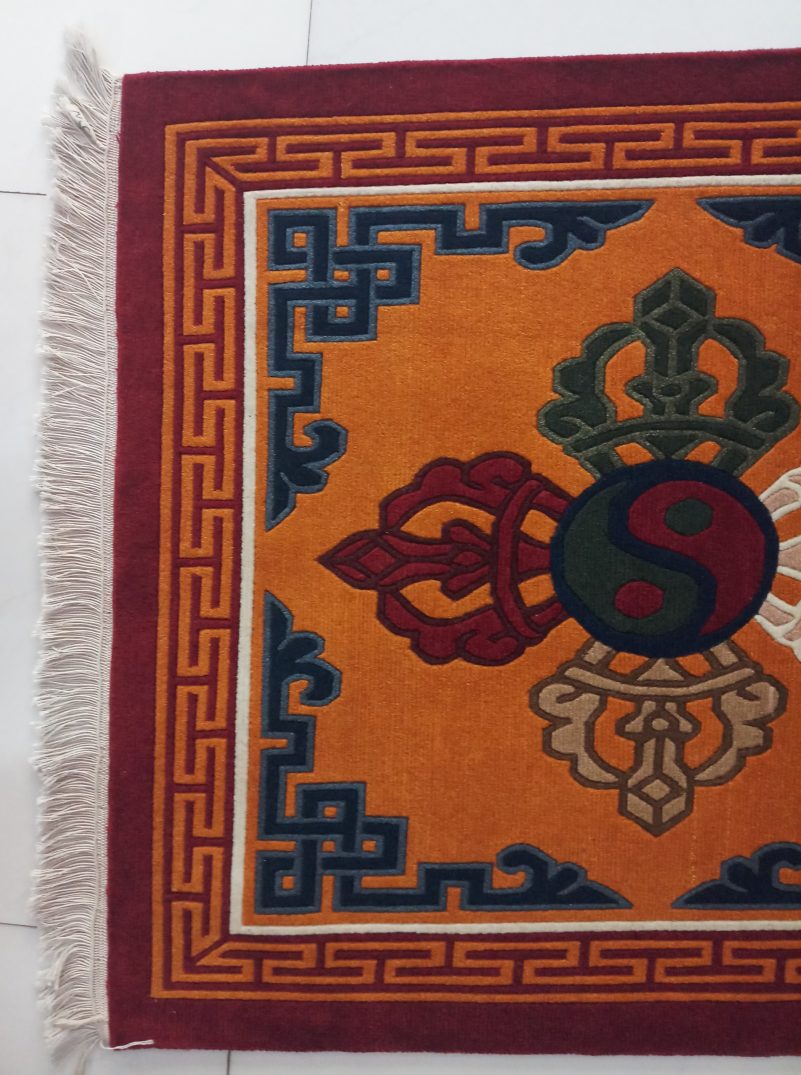
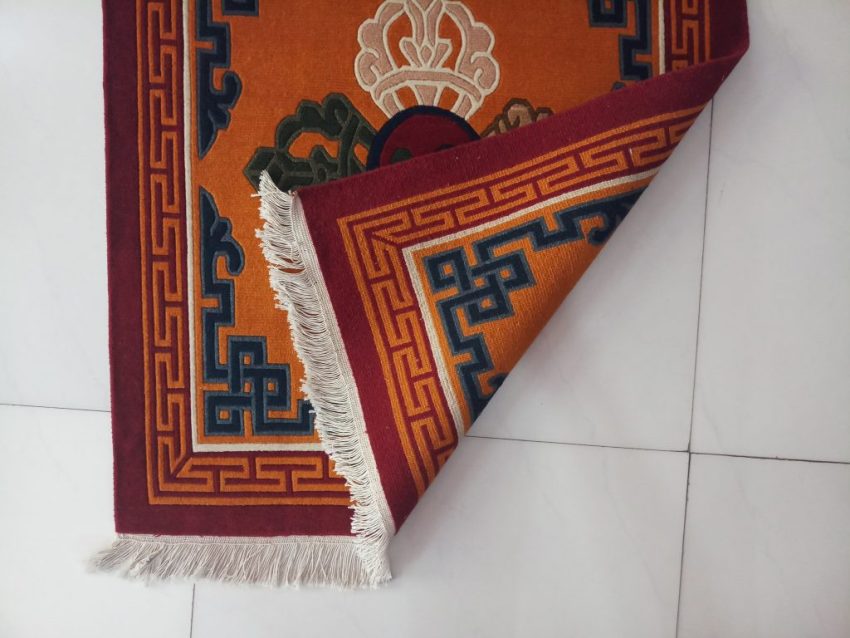
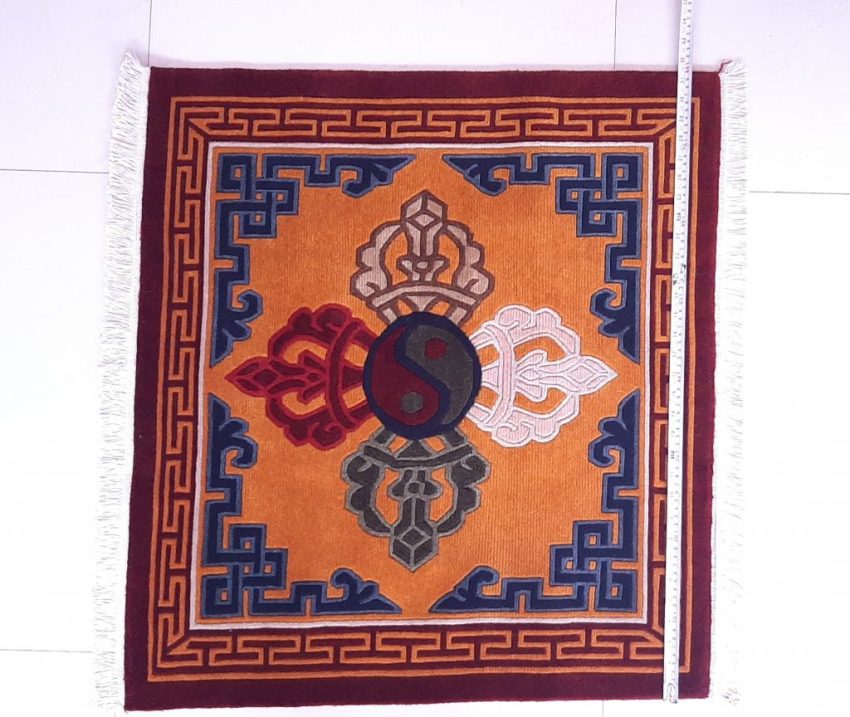
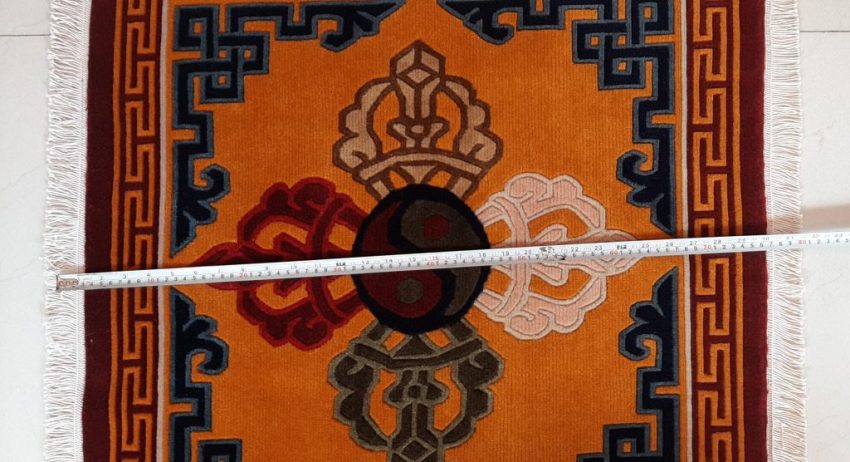
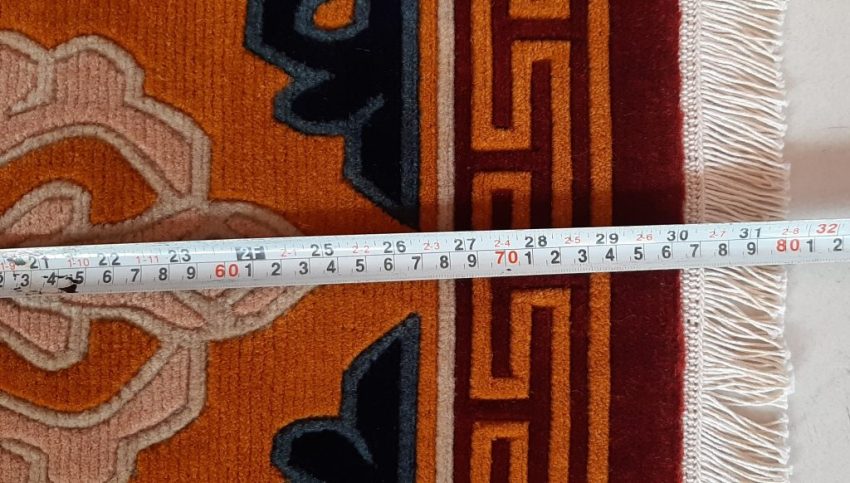
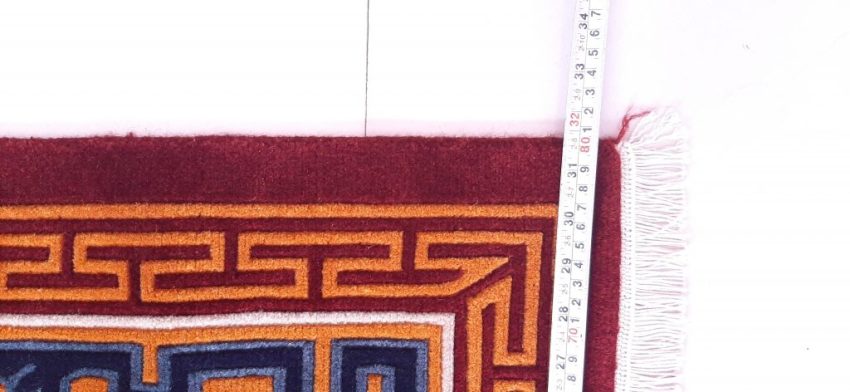
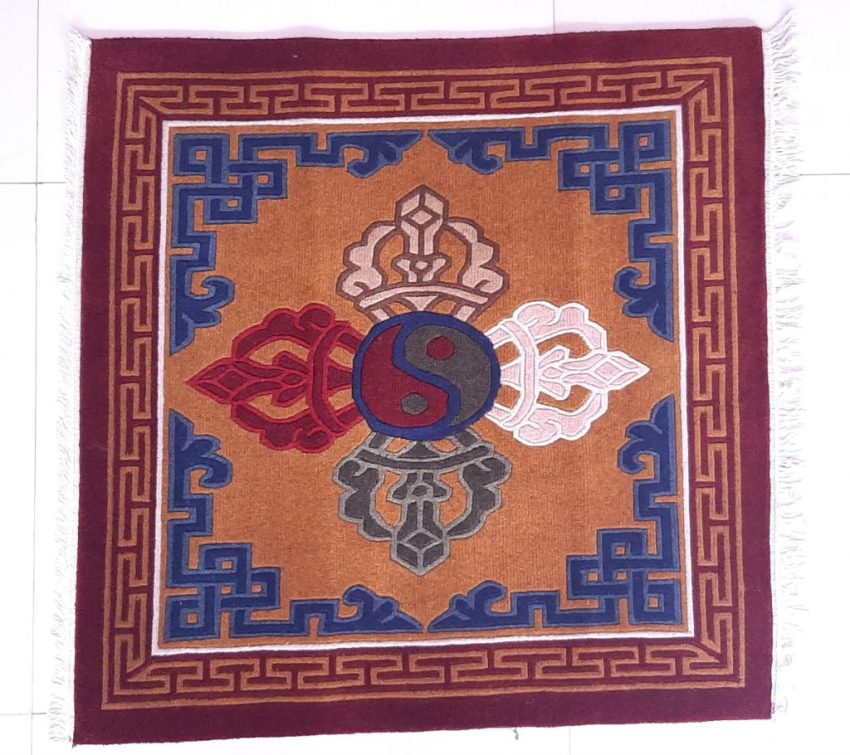
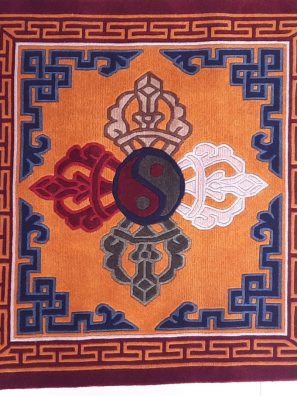


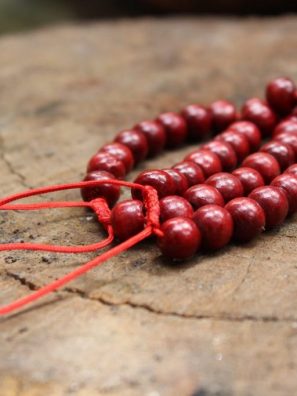
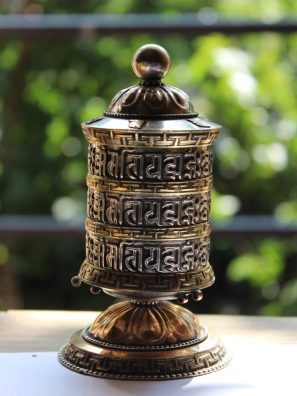

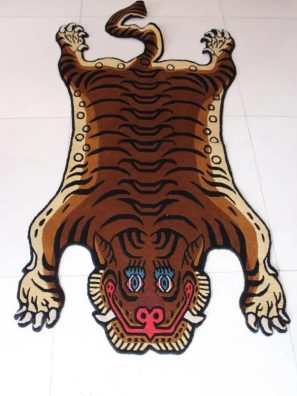
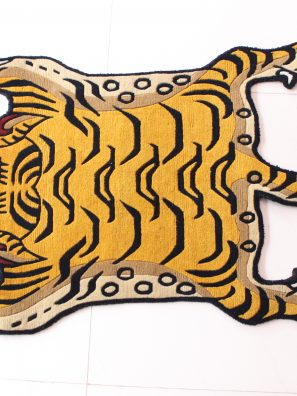
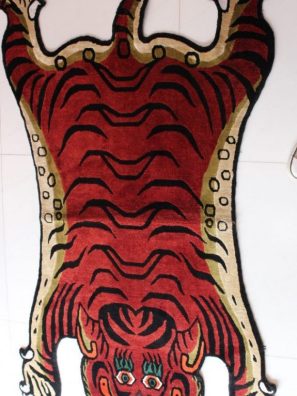
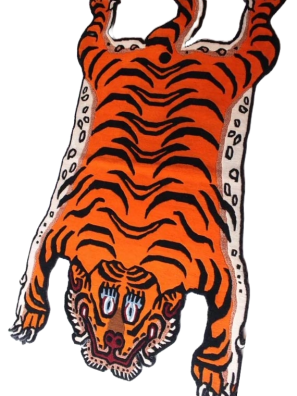
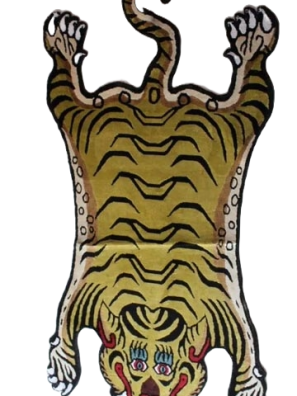
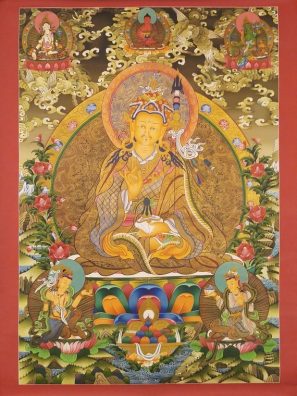

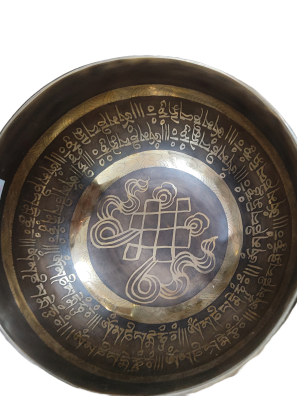
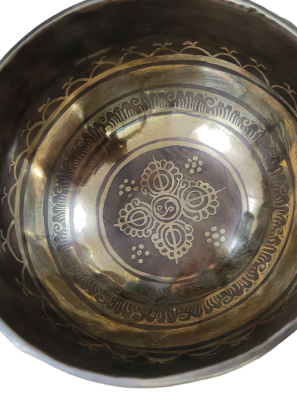
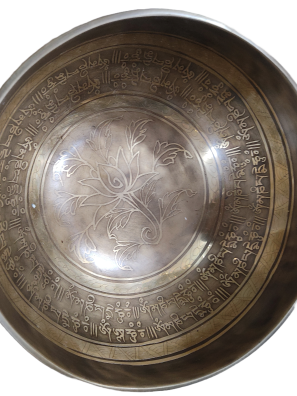

Margeret Madden
Beautiful bowl … quick service very plzed customer Thks ?
margeret madden
antrim, United Kingdom
Review left on Etsy by pinkdolphin2002 on Mar 29, 2016
Lunacywitch
Terrific bowl. Beautifully made with a lovely sound. Lovely bowl. Fast delivery.
Review left on Etsy by lunacywitch on Mar 6, 2020
Check this Product Out!